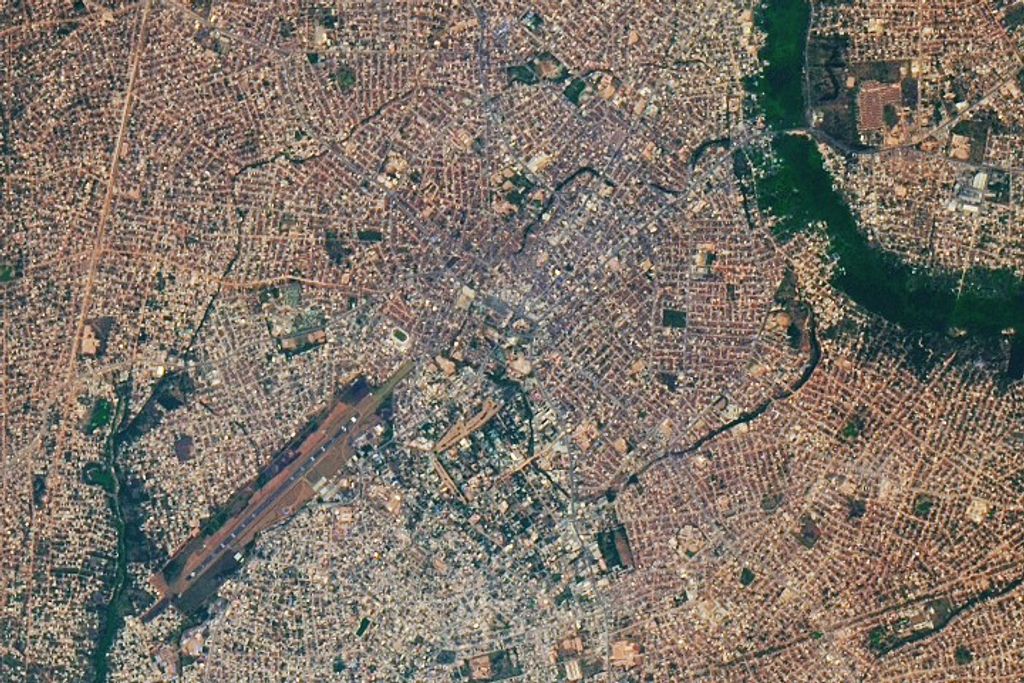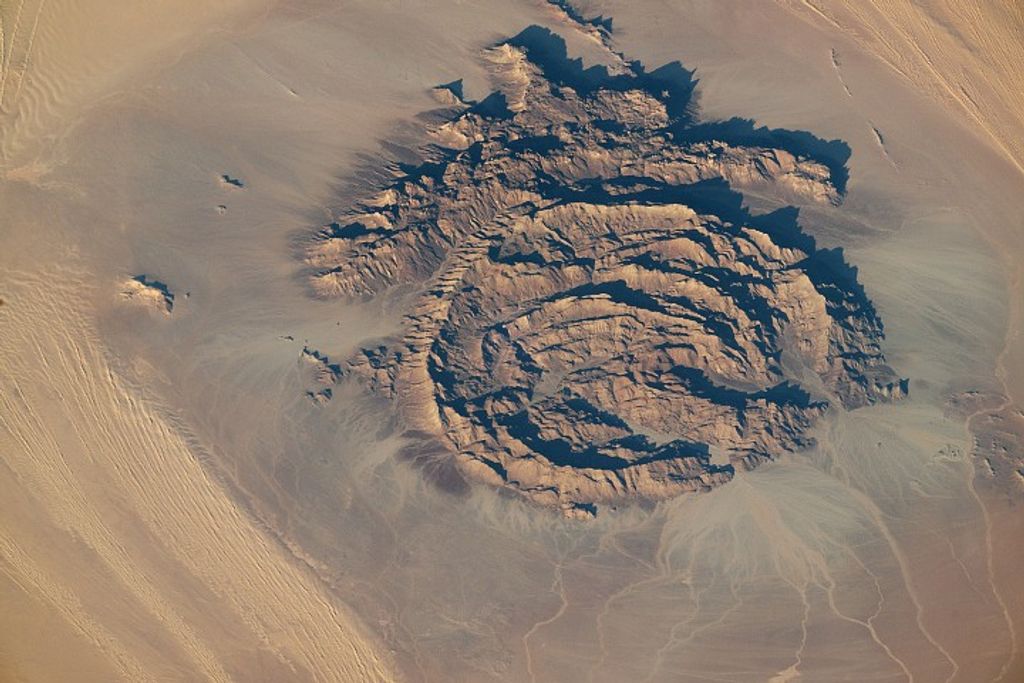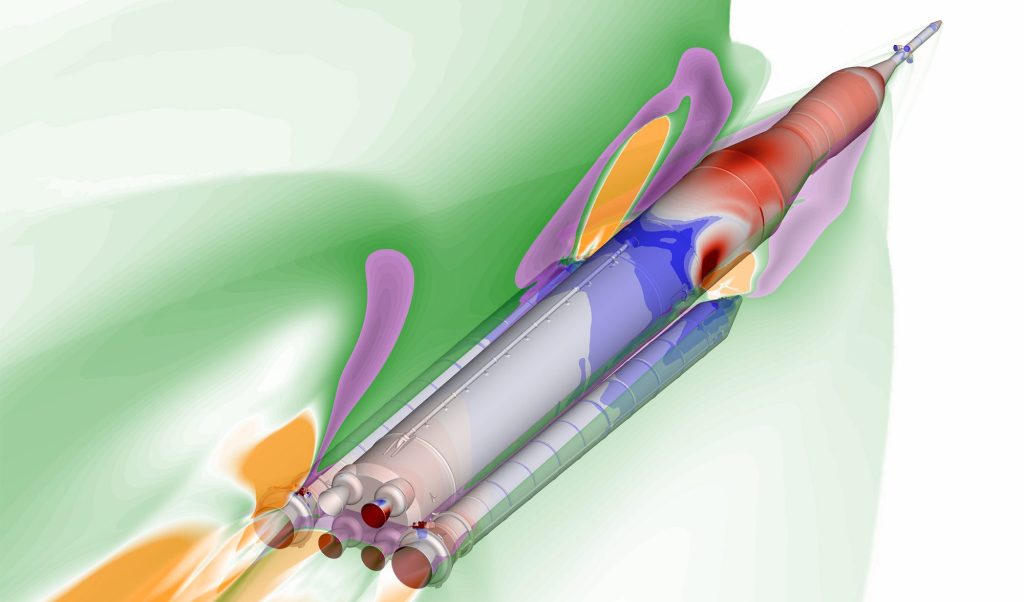1 min read
Protoplanetary Disk Around PDS 70

The European Southern Observatory’s Very Large Telescope caught the first clear image of a forming planet, PDS 70b, around a dwarf star in 2018. The planet stands out as a bright point to the right of the center of the image, which is blacked out by the coronagraph mask used to block the light of the central star.
About the Object
- R.A. PositionR.A. PositionRight ascension – analogous to longitude – is one component of an object's position.14:08:10.16
- Dec. PositionDec. PositionDeclination – analogous to latitude – is one component of an object's position.+41:23:52.60
- ConstellationConstellationOne of 88 recognized regions of the celestial sphere in which the object appears.Centaurus
About the Data
- Data DescriptionData DescriptionProposal: A description of the observations, their scientific justification, and the links to the data available in the science archive.
Science Team: The astronomers who planned the observations and analyzed the data. "PI" refers to the Principal Investigator. - InstrumentInstrumentThe science instrument used to produce the data.SPHERE
- FiltersFiltersThe camera filters that were used in the science observations.2.11 μm, 2.251 μm
- Object NameObject NameA name or catalog number that astronomers use to identify an astronomical object.PDS 70
- Object DescriptionObject DescriptionThe type of astronomical object.Protoplanetary Disk
- Release DateApril 29, 2021
- Science ReleaseHubble Watches How a Giant Planet Grows
- CreditESO, VLT, André Müller (ESO)
Related Images & Videos

PDS 70 Hubble Image
Hubble observations pinpoint planet PDS 70b. The glare of the central star was blocked out for the planet to be directly observed. Though over 4,000 exoplanets have been cataloged so far, only about 15 have been directly imaged to date by telescopes. The team’s fresh technique...
Share
Details
Last Updated
Aug 17, 2025
Contact
Media
Claire Andreoli
NASA’s Goddard Space Flight Center
Greenbelt, Maryland
claire.andreoli@nasa.gov































